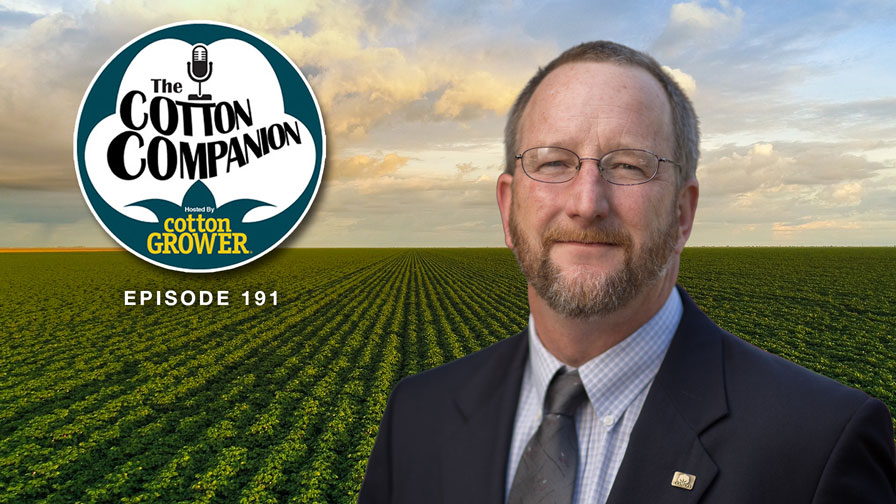Memo to the Cotton Industry: Tell Me What I Want
Have you ever bought a new car and suddenly noticed people driving identical vehicles everywhere you went? Those people didn’t suddenly go out and buy the same model and color that you bought. It just seems that way because that particular combination suddenly has meaning to you. In the same way, until I became the editor of Cotton International, I never thought much about the type of material from which my clothes were made. It didn’t figure into my purchasing decision.
In that sense, I think I’m a lot like the typical consumer. I don’t always know why I like something … only that I do.
Case in point: There’s a particular store at the mall I like to visit, and one day last month, I noticed a large sign in the Menswear department that spelled out “COTTON” in bold red letters (pictured at right). The sign has been on display for years – I know this because I called the store and asked them – but I had never noticed it before. I found the store manager and asked if he ever posts signs such as “Polyester” or “Acrylic” near their displays of synthetic apparel. Not surprisingly, the answer was no. When I asked why not, the manager looked at me as if I’d grown a second head.
The moral of my story: Cotton goes a long way toward selling itself if we give it a chance. One of the topics discussed in this issue’s global textile report (see page 22) is whether or not the cotton industry should focus more of its attention further downstream – all the way to the fashion industry. The answer is a resounding yes! In fact, as evidenced by my experience at the mall, going to the fashion industry probably isn’t far enough. Retailers should be engaged as well because that’s how we will reach the ultimate judge: the cash-carrying consumer. Organizations like Cotton Incorporated and the National Cotton Council already do excellent work in this area, but with cotton prices at all-time highs, it’s more important than ever to ensure people know what they’re getting when they buy clothing.
Further proof that this dynamic is already in the works: More than 600 professionals will convene at the International Cotton Association’s “Dubai 2011” event to network and conduct business (see page 16), and they are on the front lines of the war between cotton and synthetics. Buyers and sellers coming together … Imagine that.
As is the case in most conflicts, knowledge is power. Consumers like me already prefer cotton, even when we might not know why. I’d bet that choosing a shirt made from natural fiber becomes even easier once consumers learn that synthetic materials like polyester and acrylic are made from oil.
So let’s make it easier for consumers to do the right thing by making cotton not just the smart, environmentally friendly choice, but also the fashionable one.









